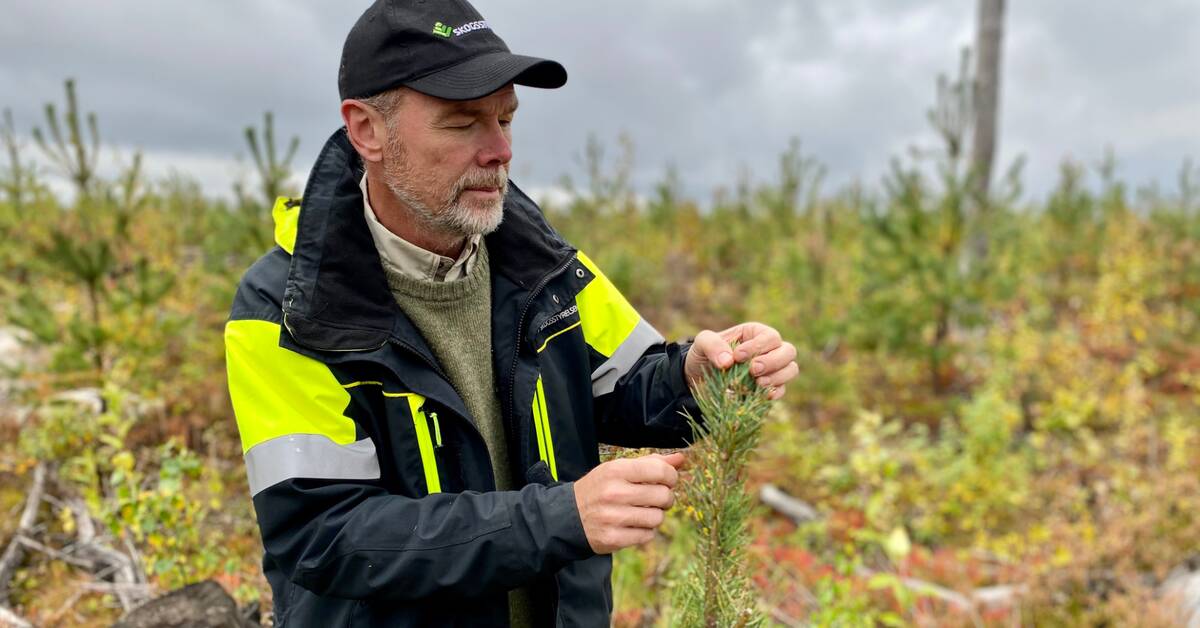The Norwegian Forestry Agency has itself inventoried and taken part of the hunters' inventories in its analysis of the large amount of deer living in the area that burned in the large forest fire in Västmanalnd in 2014. It is partly about dropping inventories, partly about inventory with drones and heat-sensitive cameras.
- We see that the amount of deer has increased overall and I don't think we have seen the peak either, but it will probably increase for a few more years before it maybe calms down, says Matts Rolander.
The Norwegian Forestry Agency therefore wants to see close cooperation between forest owners and hunters in the area to keep down the populations of moose, red deer and roe deer.
Disagreement about the size of the moose tribe
The image that the area now contains a lot of ungulates, where the elk is responsible for the majority of the damage seen and that it requires more shooting, is not shared by the Hunters' Association, however.
- It doesn't quite match our picture of the size of the moose population in the area, we don't agree with the Norwegian Forestry Agency there.
Our picture is rather that the grazing damage instead comes from deer that grazed earlier when the plants were smaller, but that here the elk is to blame, says Lars Björk, hunting management consultant at the Västmanland Hunters Association.
New studies also show that it can be difficult to draw parallels between grazing damage and precisely the size of the moose population, according to the Swedish Environmental Protection Agency.
Spread knowledge
The experiences from the research on grazing damage in the fire area must be able to be applied to other areas that have or will be affected by forest fires.
- It is put to the test in the fire area in particular, we do not have much experience from such large areas, how the deer affect the forest that comes up, so we try to find lessons that can be used in other areas.
In the clip, hear the Swedish Forest Agency answer three questions about grazing damage in the fire area.

